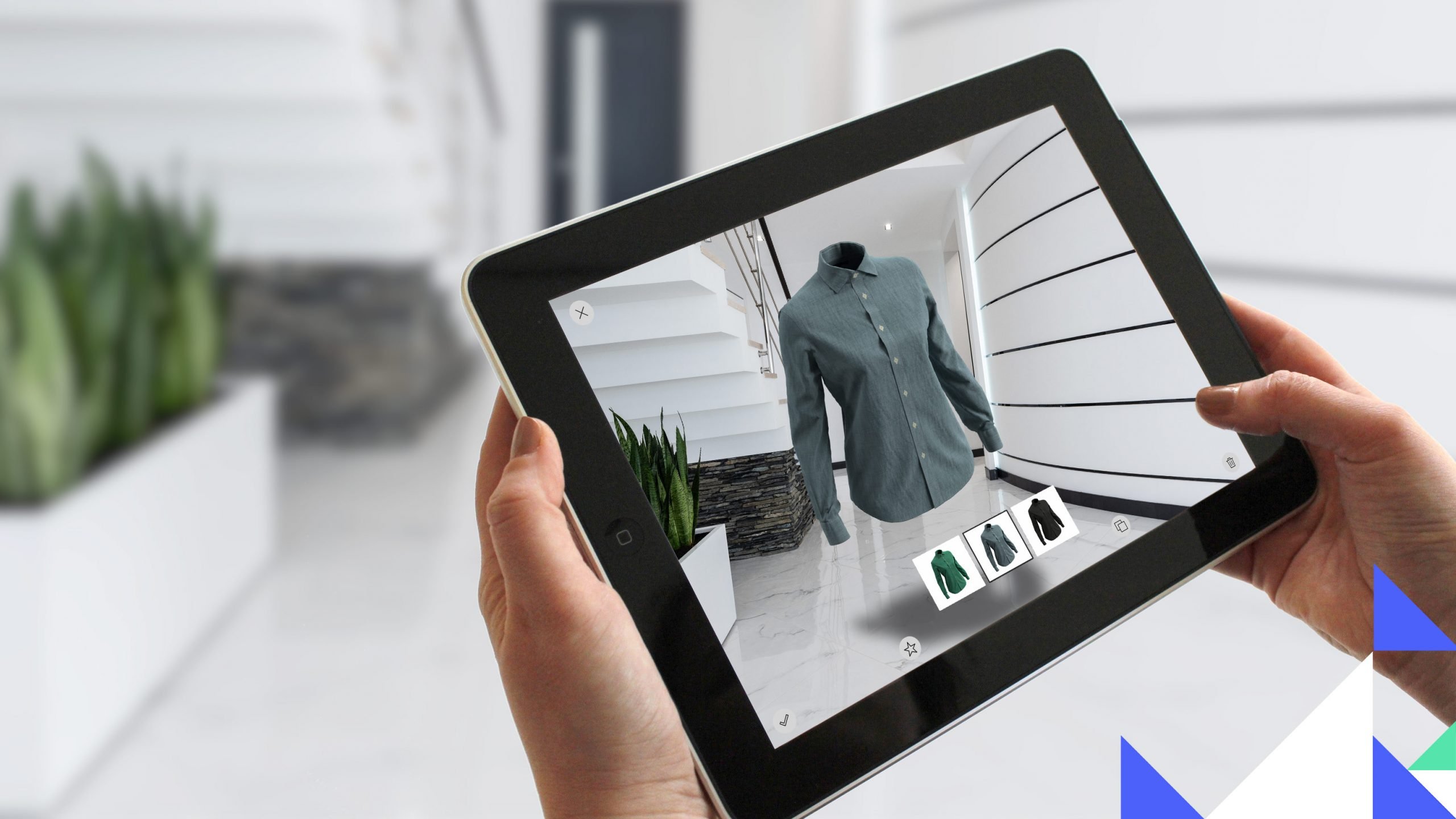In today’s fast-paced digital marketplace, businesses are constantly seeking innovative ways to enhance customer engagement and improve the shopping experience. One of the most exciting advancements in recent years is augmented reality (AR). By integrating AR features into your e-commerce store, you can offer customers an interactive and immersive shopping experience that boosts conversion rates and fosters brand loyalty. Here’s a comprehensive guide on how to add augmented reality features to your e-commerce store.

1. Understand the Benefits of Augmented Reality in E-commerce
Before diving into the technicalities, it’s essential to recognize the advantages AR can bring to your e-commerce business:
- Enhanced Customer Experience: AR allows customers to visualize products in their environment, making it easier to decide on purchases.
- Reduced Return Rates: By enabling customers to see how products fit their needs, AR can help reduce the number of returns due to mismatched expectations.
- Increased Engagement: Interactive features can captivate users and encourage longer browsing times on your website.
- Competitive Edge: Integrating AR can set your brand apart, attracting tech-savvy consumers and those seeking innovative shopping experiences.
2. Choose the Right AR Technology
To implement AR features effectively, you need to select the appropriate technology that aligns with your e-commerce platform and business needs. Consider the following options:
- Web-Based AR: Tools like WebXR and AR.js allow you to create AR experiences directly in the browser, eliminating the need for customers to download an app.
- Mobile Apps: If you already have a mobile app, consider integrating AR functionalities using platforms like ARKit (for iOS) or ARCore (for Android).
- Third-Party Solutions: There are several AR platforms, such as Augment, Vuforia, and Shopify’s AR capabilities, that offer plug-and-play solutions to integrate AR features without extensive coding.
3. Identify Use Cases for Augmented Reality
Determine how AR can best serve your customers based on your products and target audience. Here are some popular use cases:
- Virtual Try-Ons: Ideal for fashion and accessories, AR allows customers to see how clothing, shoes, or jewelry would look on them before making a purchase.
- Home Decor Visualization: For furniture and home goods retailers, AR can let customers visualize how a piece of furniture will fit in their living space.
- Product Demonstrations: Use AR to show how a product works in a real-world setting, enhancing the understanding of its features and benefits.
- Customization Options: Allow customers to see customizable features (like colors or patterns) on products in real-time using AR.
4. Integrate Augmented Reality into Your E-commerce Platform
Once you’ve chosen your technology and identified use cases, it’s time to integrate AR into your e-commerce store. Here’s how:
- Select an AR Tool or SDK: Choose an AR development kit or tool that best fits your needs, whether it’s a web-based solution or a mobile app.
- Create AR Content: Develop high-quality 3D models of your products. This may involve hiring a 3D artist or using 3D modeling software to create realistic representations.
- Develop AR Experiences: Depending on the complexity of your chosen use case, build the AR experience, ensuring it is user-friendly and seamless.
- Testing: Conduct thorough testing to ensure the AR feature works well on various devices and browsers, providing a consistent experience for all users.
5. Promote Your New AR Features
Once your AR features are live, it’s crucial to promote them effectively:
- Highlight in Marketing Campaigns: Use your email newsletters, social media channels, and website banners to announce the new AR features and educate customers on how to use them.
- Create Tutorials and Demos: Provide short video tutorials or guides on how to use the AR features, making it easy for customers to engage with them.
- Leverage User-Generated Content: Encourage customers to share their experiences using the AR features on social media, which can serve as authentic testimonials for your brand.
6. Monitor Performance and Gather Feedback
After launching your AR features, track their performance to understand their impact on customer engagement and sales:
- Analytics Tools: Use analytics tools to measure metrics such as user interaction rates, conversion rates, and return rates related to AR experiences.
- Customer Feedback: Solicit feedback from users to identify areas for improvement and potential new features they would like to see.
- Iterate and Improve: Use the data and feedback collected to continually enhance the AR experience, making it more intuitive and effective for customers.
Conclusion
Integrating augmented reality features into your e-commerce store can significantly enhance the shopping experience, reduce return rates, and set your brand apart from the competition. By choosing the right technology, identifying relevant use cases, and promoting your new features effectively, you can create an interactive and engaging shopping environment that meets the needs of today’s consumers. As AR technology continues to advance, embracing these innovations will be crucial for staying competitive in the ever-evolving e-commerce landscape. Start your journey into augmented reality today and transform how customers interact with your products!


No responses yet